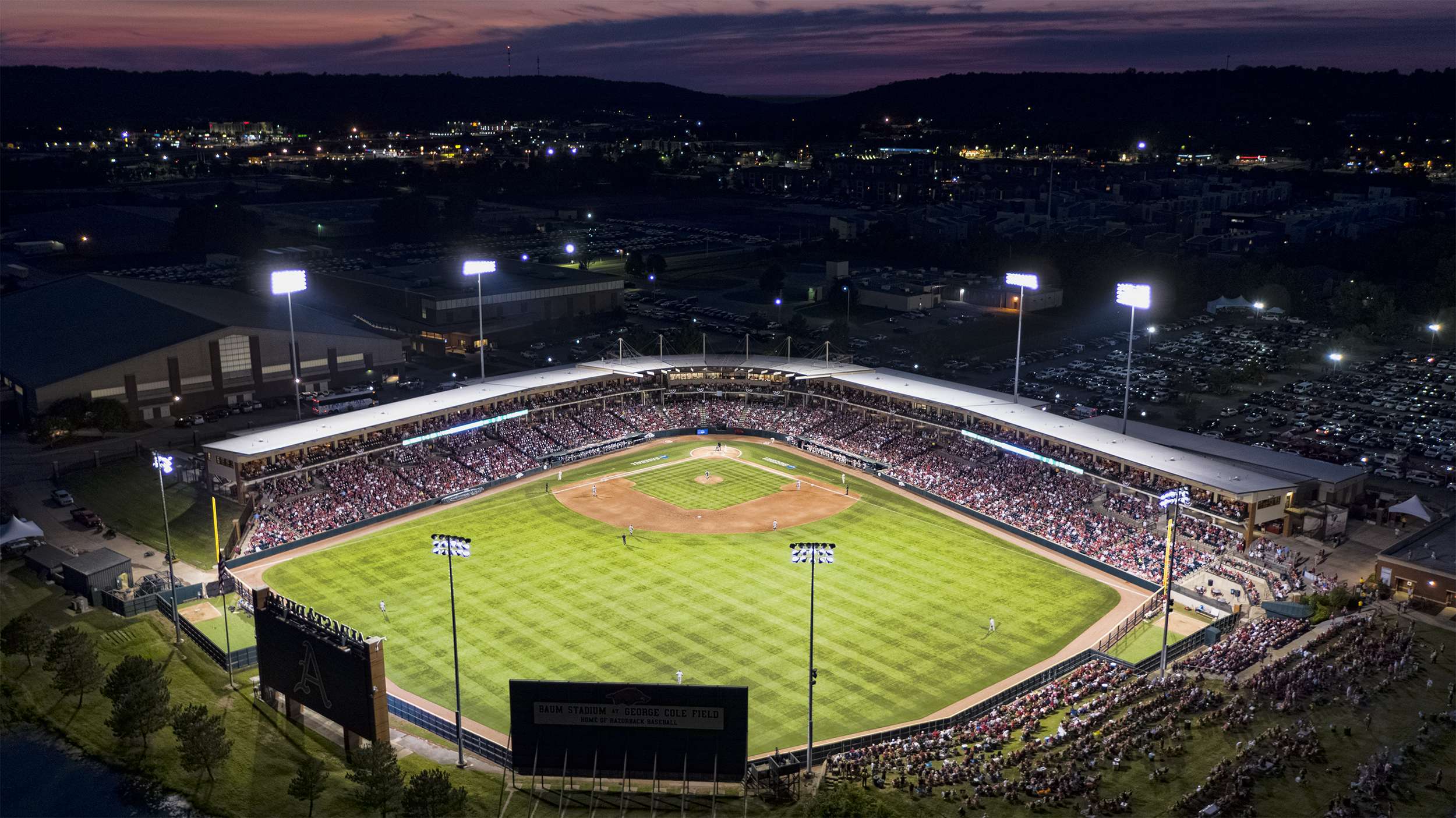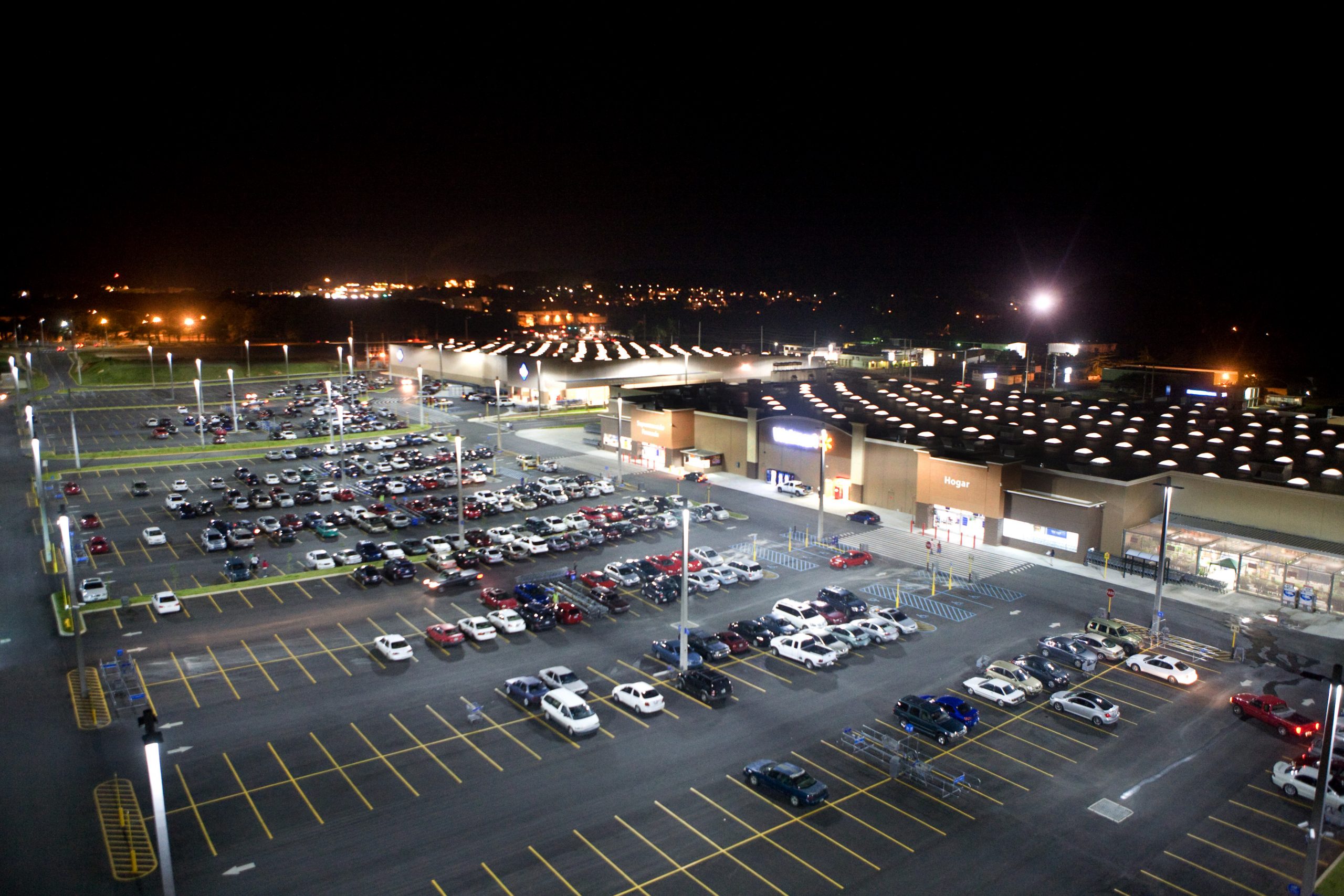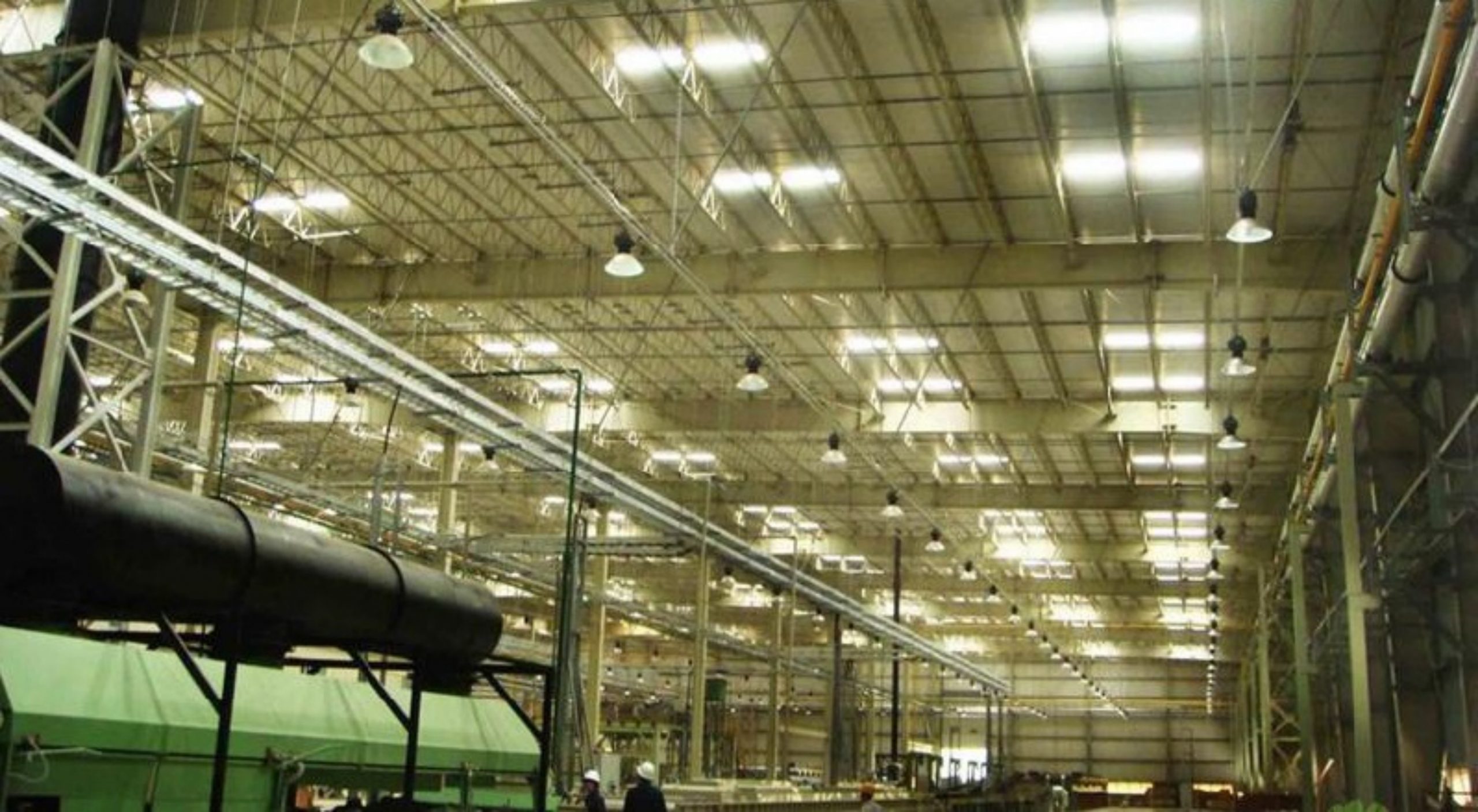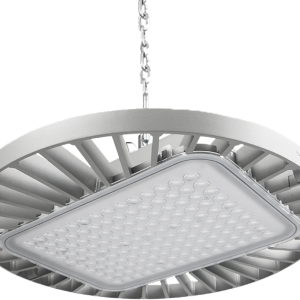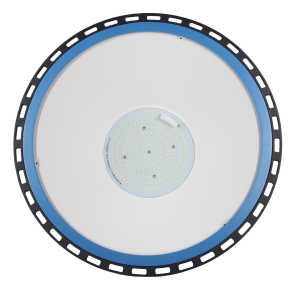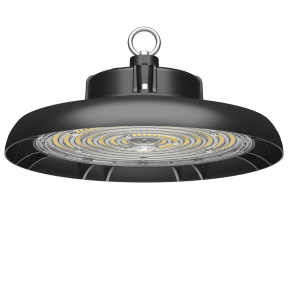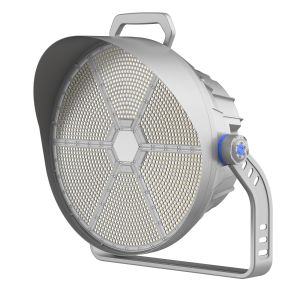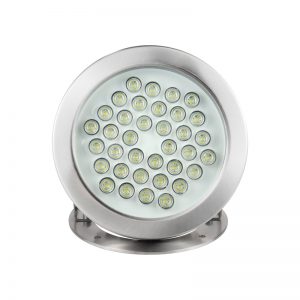Different Lighting Levels for Tennis Courts
Below is a table that outlines the different levels or standards of tennis court lighting, ranging from recreational to professional play. This table categorizes key aspects like illumination levels, uniformity, and glare control for each level of play.
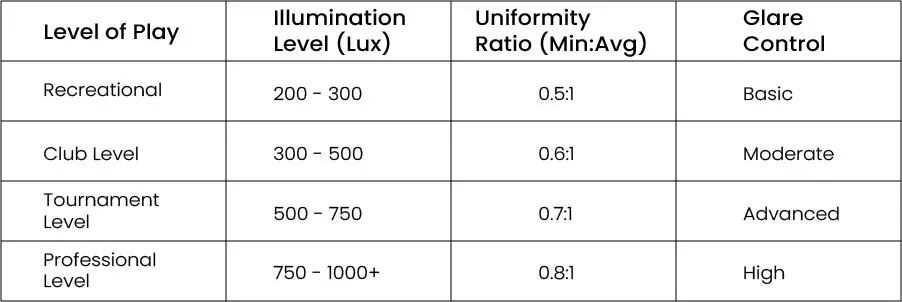
- Illumination Level (Lux): This column indicates the recommended intensity of light measured in lux. Higher levels are required for more competitive play.
- Uniformity Ratio: This is the ratio of the minimum to average light levels across the court. A higher ratio indicates a more even distribution of light.
- Glare Control: Indicates the level of glare reduction required. Professional levels require high glare control to ensure player and spectator comfort.
According to the United States Tennis Association (USTA) and the Illuminating Engineering Society (IES), the appropriate lighting levels for tennis courts vary depending on the level of competition. These levels are categorized into four classes for both outdoor and indoor tennis courts:
Outdoor Tennis Court Lighting Levels:
- Class I (Professional level): Minimum 125 foot candles / 1250 lux
- Class II (College and medium level): Minimum 50 foot candles / 500 lux
- Class III (High school and private clubs): Minimum 30 foot candles / 300 lux
- Class IV (Recreational): Minimum 20 foot candles / 200 lux
Indoor Tennis Court Lighting Levels:
- Class I (Professional level): Minimum 125 foot candles / 1250 lux
- Class II (College and medium level): Minimum 75 foot candles / 750 lux
- Class III (High school and private clubs): Minimum 50 foot candles / 500 lux
- Class IV (Recreational): Minimum 30 foot candles / 300 lux
These guidelines provide a framework for ensuring that tennis courts are lit appropriately for the type of play and competition level being hosted.
Factors to Consider in Tennis Court Lighting Design
When designing lighting for a tennis court, several important factors need to be considered to ensure optimal playability, safety, and energy efficiency. Here are the key factors:
Illumination Levels
Different levels of play require different illumination levels. Adherence to standards set by organizations like the ITF (International Tennis Federation) or USTA (United States Tennis Association) is important.
Uniformity of Light
Uniform lighting is essential to avoid shadows and dark spots on the court. This ensures consistent visibility across the entire playing surface.
Glare Reduction
The lighting design should minimize glare, which can impair the vision of players and spectators. This involves careful positioning of lights and the use of glare-reducing fixtures.
Energy Efficiency
Opt for energy-efficient lighting solutions like LED lights, which not only reduce energy costs but also have a longer lifespan, reducing maintenance and replacement costs.
Light Spillage Control
It’s important to control light spillage to adjacent areas, especially in residential neighborhoods, to avoid light pollution and disturbances.
Control Systems
Advanced lighting systems come with control options for dimming and switching, allowing for flexibility based on different scenarios and times of day.
Durability and Weather Resistance
For outdoor courts, lighting fixtures must be durable and weather-resistant to withstand various environmental conditions.
Maintenance and Accessibility
The lighting system should be easy to maintain, with accessible fixtures for cleaning and replacement.
Safety Standards Compliance
Ensure that the installation complies with electrical and building safety standards.

